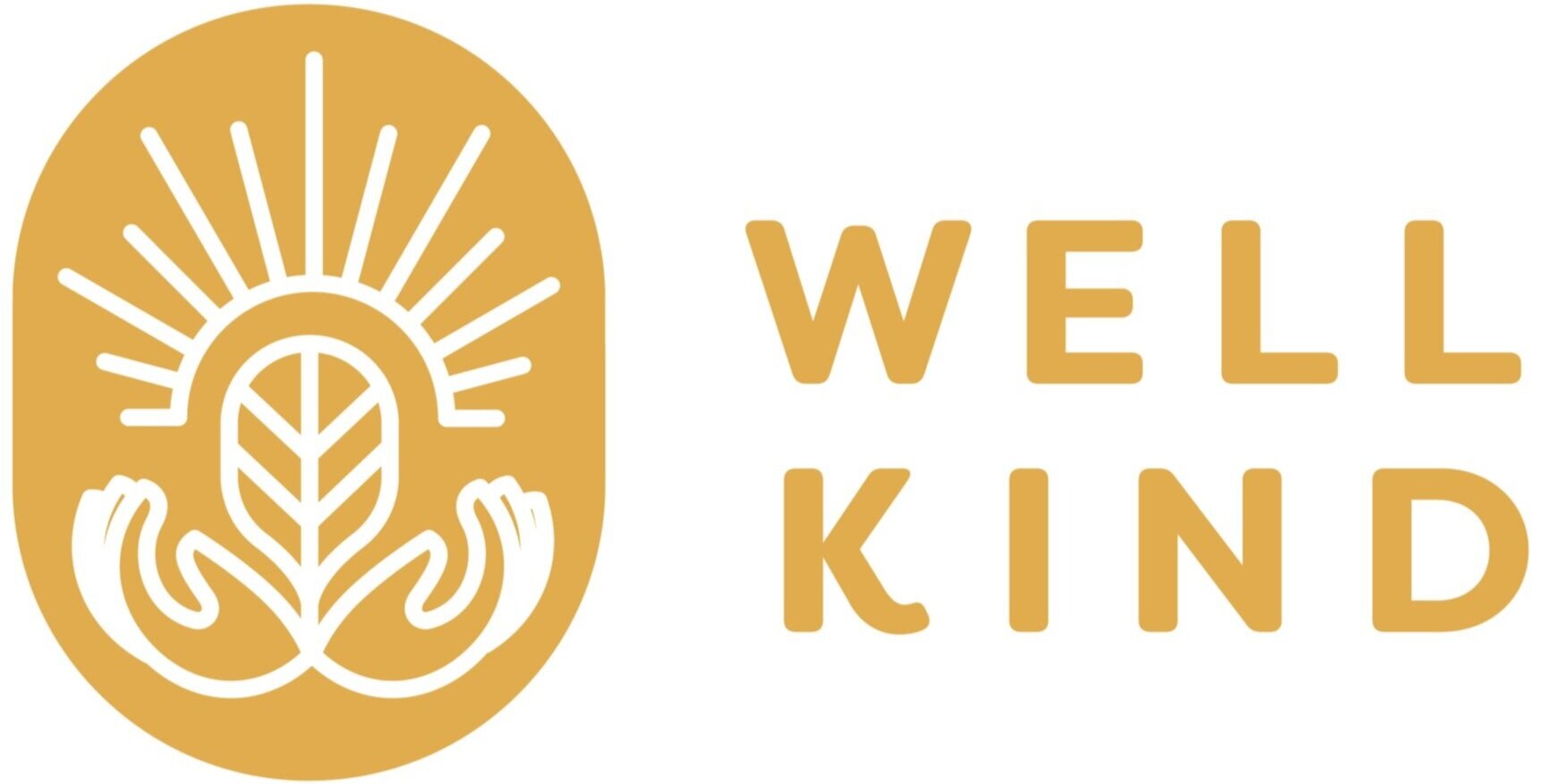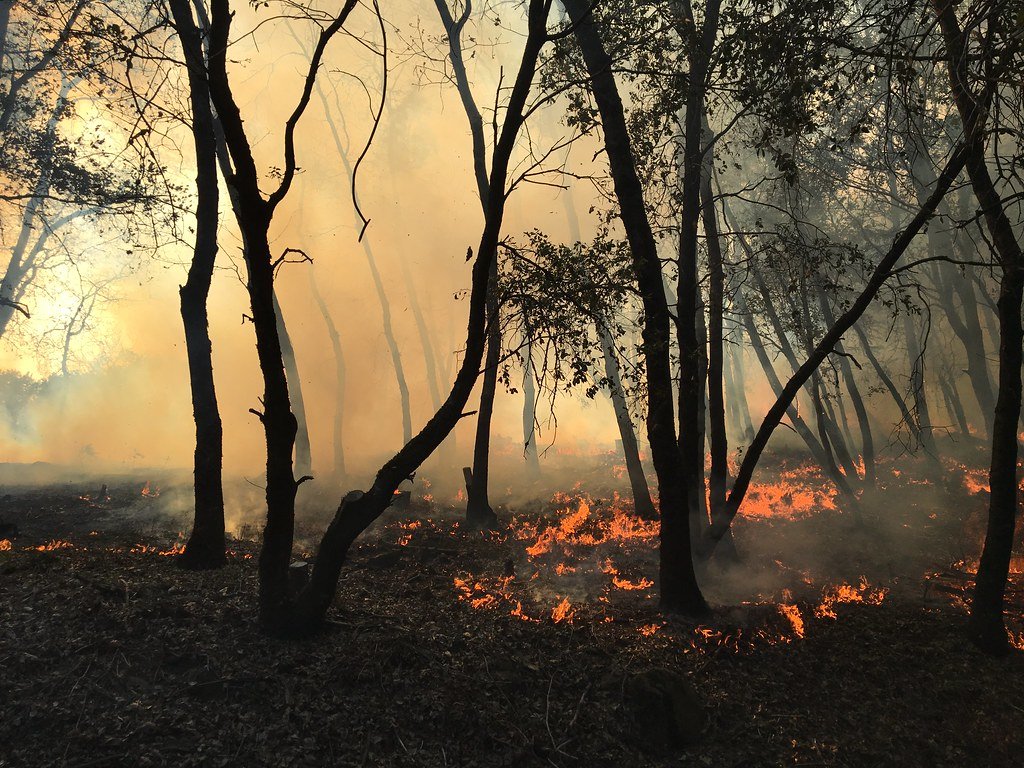Dead Trees Don’t Go to Heaven, They Go to Home Depot: How Salvage Logging Is Secretly Destroying Our Forests
By Holden Hitchcock, WellKind Forestry Intern
Holden Hitchcock was an intern for WellKind Forestry during our summer 2022 session, exploring wildfires and other environmental topics.
A bleak picture of the devastating camp fire in Butte County, California (Brodhead, 2018).
As climate change, mega-droughts, and human-created pollution continue to worsen, there is no doubt in the public’s mind: The American West is burning. To many, the 2018 Camp Fire in Butte County was one of many wake-up calls. The fire burned through almost 240 square miles of forests, camps, and neighborhoods (U.S. Census Bureau, 2018).
Following California’s 2018 fire season, a paradigm shift in forest management began. It was initiated by the former president Donald Trump, signing the Executive Order 13855 regarding forest and wildfire management (Trump, 2018). The former president expressed dissatisfaction with the United State’s fire prevention strategies, and aimed to reform fire management with this executive order.
According to the Forest Service under the U.S. Department of Agriculture, since 2020, the federal government has invested millions of dollars a year specifically into wildfire suppression (U.S. Forest Service, 2022). Although California’s recently devastating fires have spurred discourse on wildfire prevention, the challenges posed in the aftermath of these fires are often ignored. How do forests recover after these massive fires? And what do we do with all these burnt trees?
Although feared by many, fire is integral to most natural ecosystems around the globe. In California, chaparral zones require seasonal fires in order to spread plant seeds, cycle nutrients, and promote growth (Barro, 1991). According to a 2005 article published in the journal Ecosystems, temperate northern and boreal forests require post-fire conditions in order to cycle nitrogen for long-term forest health (Smithwick, 2005). When fires occur in western forest ecosystems, the now dead, burnt logs remain harbingers of life post-mortem. They become substrate for fungal organisms, food for small grubs, and shelter for small mammals as well as fulfilling many other important ecological functions (Bunnell, 2002). The best regulators of our ecosystems are not computer models or human management, but nature itself.
Increases in human activity have been found to be correlated to decreases in forest health (Bradley, 2016). However, the American federal organizations that manage our forests are structurally opposed to basic conservation. Both The Bureau of Land Management (U.S. Bureau of Land Management, 2022) and The National Park Service (U.S. National Park Service, 2016) are obligated to balance both public and private enterprises that take place on federal lands. Hence an integral divide is created between what is best for the forests, government interest, and private landowners’ profit.
As referenced before, a shift in previously archaic foresting techniques to contemporary methods is currently taking place. However, these “new” methods might be as flawed as previous programs. The USDA Forest service has created a 10-year plan to combat and restrict wildfires. The main focus of this plan is using controlled burns as well as eliminating “excessive fuels” from forests (U.S. Forest Service, 2022). Although controlled fire use is a welcomed fire prevention technique, the second method is troublesome. Eliminating excessive fuels is typically done through the method of tree thinning, whose efficacy has been called into question by ecologists (Bradley, Hanson, & Della Sala, 2016). Another problematic example of removing “fuels” is salvage logging.
Salvage logging is the process of harvesting freshly burnt trees after a forest fire for sale. It is a practice that has been highly scrutinized by many scientists and environmentalists. Disturbing decaying material, especially from a recently burnt forest, is a recipe for ecological disaster (Thorn, et. al, 2020). Despite the scientific consensus, since the aforementioned Executive Order 13855 was signed by President Trump, the Bureau of Land Management’s regulations around salvage logging have relaxed (U.S. Bureau of Land Management, 2020). This destructive practice has been continued by the Biden-Harris administration. Both presidential administrations have turned a blind eye to the unethical nature of salvage logging due to the profits it has created.
Sierra Pacific, a massive logging company based in California, has had as much as 100 million dollars of revenue created by salvaged logs in its peak year of 2015, according to Forbes (Sorvino, 2018). 16% of Sierra Pacific’s logging activities in California were based in National Forests, and the majority of the timber collected is likely to be salvaged. The fact is, salvage logging is a multi-million dollar industry, and our own federal agencies are allowing loggers to exploit profit out of nationally protected forests at the expense of the environment and millions of people.
The salvage logging industry is complicated and secretive. It is hard to find the logging companies and contractors who use or sell salvaged logs. Therefore, the most a common citizen can do in order to combat salvage logging is to call both your state and federal representatives about the problematic logging industry’s actions. As well as buying reclaimed wood, ethically sourced wood, or wood alternatives when building a structure.
References
Barro, S. C., & Conard, S. G. (1991). Fire effects on California chaparral systems: an overview. Environment International, 17(2-3), 135-149.
Bradley, C.M., Hanson, C.T., & Della Sala, D.A. (2016). "Does increased forest protection correspond to higher fire severity in frequent-fire forests of the western United States?" Ecosphere, 7(10).
Brodhead, L. (2018, April 4). Butte County Rx Fire in the Redding Field Office. Flickr. Retrieved July 19, 2022, from https://www.flickr.com/photos/blmcalifornia/47494936211
Bureau of Land Management. (2020, May 28). BLM proposes expedited review of timber salvage projects. Bureau of Land Management. Retrieved July 18, 2022, from https://www.blm.gov/press-release/blm-proposes-expedited-review-timber-salvage-projects
Laudenslayer, W. F., Shea, P. J., Valentine, B. E., Weatherspoon, C. P., & Lisle, T. E. (2002). Proceedings of the symposium on the ecology and management of dead wood in western forests. 1999 November 2-4; Reno, NV. Gen. Tech. Rep. PSW-GTR-181. Albany, CA: Pacific Southwest Research Station, Forest Service, US Department of Agriculture; 949 p, 181.
Smithwick, E. A., Turner, M. G., Mack, M. C., & Chapin, F. S. (2005). Postfire soil N cycling in northern conifer forests affected by severe, stand-replacing wildfires. Ecosystems, 8(2), 163-181.
Sorvino, C. (2018, May 14). A Billion-Dollar Fortune From Timber and Fire. Forbes. Retrieved July 18, 2022, from https://www.forbes.com/feature/archie-emmerson-timber-forest-fires-logging/#5cfe585a64f9
Thorn, S., Chao, A., Georgiev, K. B., Müller, J., Bässler, C., Campbell, J. L., ... & Leverkus, A. B. (2020). Estimating retention benchmarks for salvage logging to protect biodiversity. Nature communications, 11(1), 1-8.
Trump, D. J. (2018, December 21). Executive Order 13855—Promoting Active Management of America's Forests, Rangelands, and Other Federal Lands To Improve Conditions and Reduce Wildfire Risk. GovInfo. Retrieved July 18, 2022, from https://www.govinfo.gov/content/pkg/DCPD-201800866/pdf/DCPD-201800866.pdf
United States Forest Service. (2020, September 24). US Department of Agriculture Forest Service FY 2022 Budget Justification. USDA Forest Service. Retrieved July 18, 2022, from https://www.fs.usda.gov/sites/default/files/usfs-fy-2022-budget-justification.pdf
United States Forest Service. (2022, January). Confronting the Wildfire Crisis. USDA Forest Service. Retrieved July 18, 2022, from https://www.fs.usda.gov/sites/default/files/Confronting-Wildfire-Crisis.pdf
U.S. Bureau of Land Management. (2022, June 1). Home | Bureau of Land Management. Bureau of Land Management: Home. Retrieved July 18, 2022, from https://www.blm.gov/
U.S. Census Bereau. (2018, November 8). Camp Fire - 2018 California Wildfires. Census Bureau. Retrieved July 18, 2022, from https://www.census.gov/topics/preparedness/events/wildfires/camp.html
U.S. National Park Service. (2016, March 30). About the National Park Service. National Park Service. Retrieved July 18, 2022, from https://www.nps.gov/aboutus/aboutus.htm

